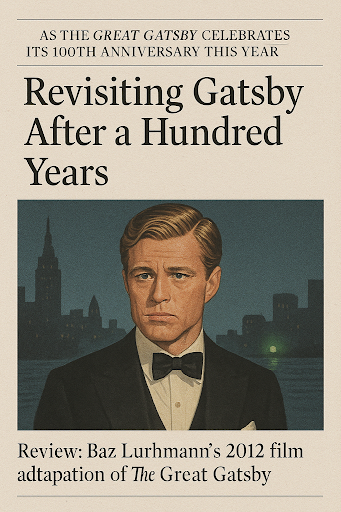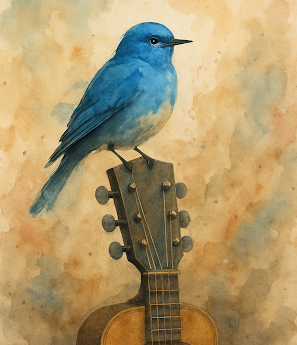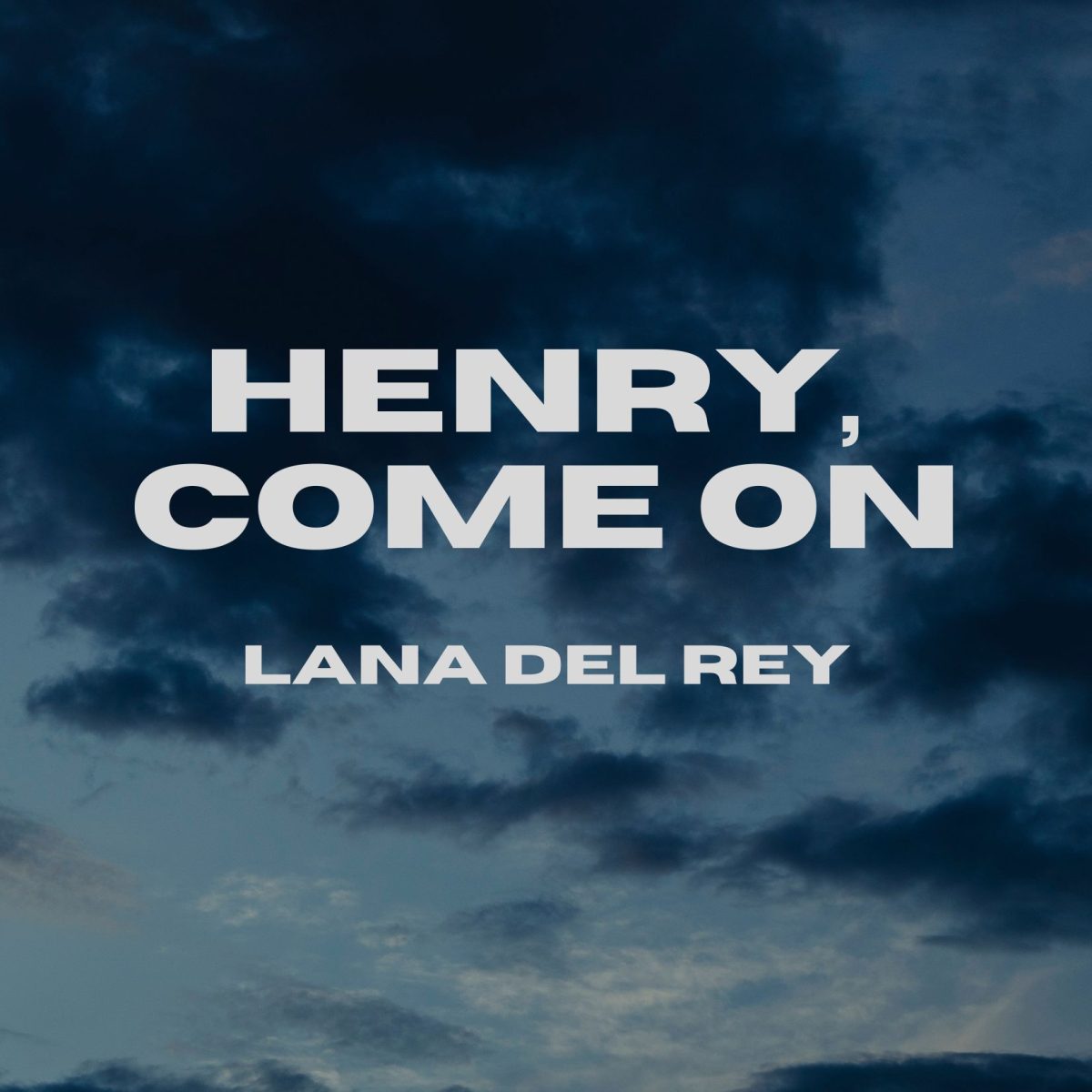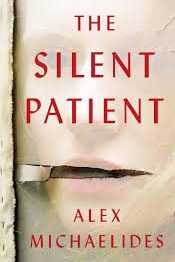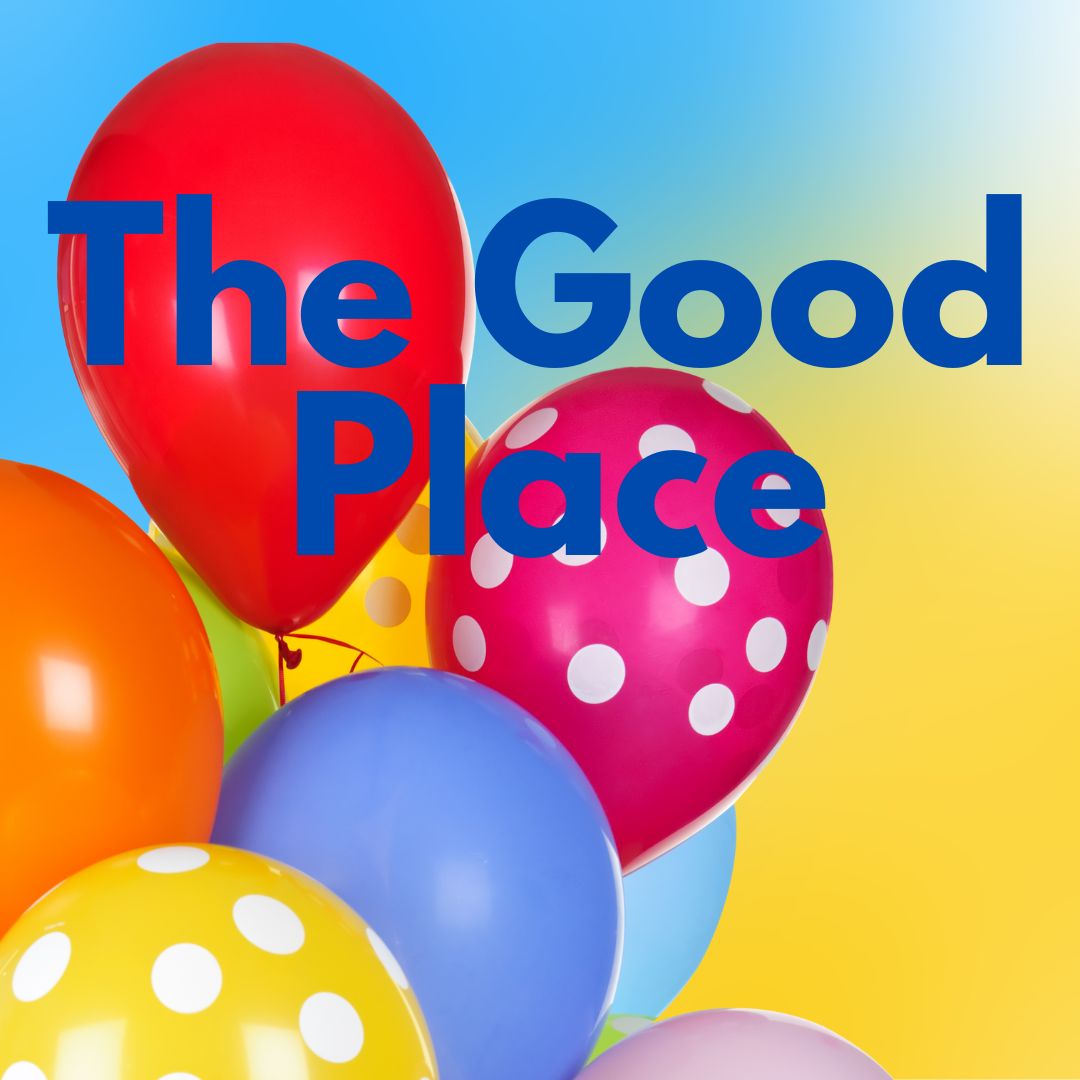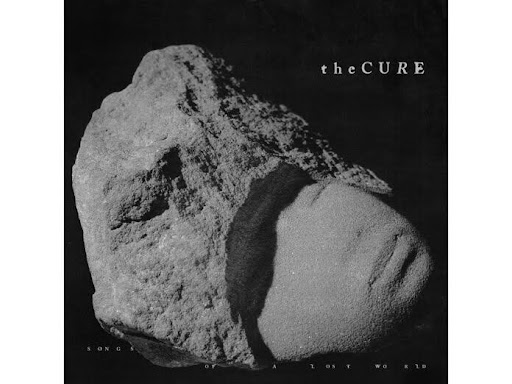As The Great Gatsby celebrates its 100th anniversary this year, there is no better time to reflect on how Fitzgerald’s masterwork continues to evolve in the public’s imagination. Events are being held all across the US to celebrate this great American novel and its profound significance in American literature.
Notable celebrations include the Empire State Building turning its lights green to mimic the green light symbol seen throughout the novel as well as museums and library hosting read-alouds, discussions and exhibitions that explore the novel’s themes and cultural legacy.
In light of this centennial, it feels fitting to revisit Baz Lurhmann’s 2012 film adaptation of The Great Gatsby, a reimagined version with a dazzling and modern lens.
Going into the movie, I expected a more faithful interpretation of The Great Gatsby, matching the novel’s elegant atmosphere of the 1920s. The book, while rich with drama and emotion, has more subtlety to it, with vivid and lyrical language the story skillfully tells of a tragedy that was inevitable from the beginning.
A more muted color palette, with soft jazz and a slower pace—mirroring Nick’s original reflective tone—would have been more accurate and a better representation of the novel. Instead, this movie was a highly stylized and almost chaotic take on the story.
Luhrmann’s techniques involved bold colors, sweeping camera movements and an anachronistic soundtrack full of hip-hop and modern pop hits, all of which was jarring to expectations. Nevertheless, Gatsby’s world is based in illusion, excess, and show, which Luhrmann captured throughout the story.
While the movie does capture the essence of Gatsby well, some of his mysterious nature is lost. The book emphasizes Gatsby as a mysterious figure; no one really ever catches a glimpse of his true emotions and feelings, enhancing his elusive nature. In contrast, the movie depicts Gatsby as being much more dramatic and less subtle.
This new Gatsby allows his emotions to be more visible and often has fits of rage regarding Tom. While this offers a new interpretation of Gatsby’s character, it also creates a more visible cue of Gatsby’s downfall.
Daisy was the other notable character with major differences between the book and the movie. Fitzgerald’s Daisy is much more careless and selfish at times. Daisy’s flaws ultimately cause her not to meet Gatsby’s expectations of her—especially when she allows him to take the blame for Myrtle’s death and then leaves with Tom.
Daisy is used as a symbol throughout the book of the shallow nature of the wealthy who don’t worry about the problems they create. In the movie, however, Daisy comes across as more romantic and has a greater emotional battle between Tom and Gatsby.
The film often leans into her vulnerability, making it seem like she is trapped in this situation and she isn’t the one who is responsible for it, creating a more sympathetic and vulnerable Daisy. While the book critiques her carelessness, the movie reimagines her as a more tragic figure, ultimately changing her role in Gatsby’s downfall.
While the film highlights many of the novel’s same key symbols, they are seen in more obvious ways. In the book and movie, the green light at the end of Daisy’s dock represents Gatsby’s unreachable dream of being with Daisy. In the movie, it is shown glowing brightly throughout the movie, making its meaning very clear. The movie also emphasizes the contrast between the glamour of the rich life with the bleakness of the slums in a much more explicit way, with its visuals and the set, while the book relies heavily on description and interpretation to illustrate the divide.
The eyes of Dr. T.J. Eckleburg are used in a much more dramatic and ominous way in the movie—especially during Myrtle’s death—adding a sense of judgment and looming fate as opposed to the book where their role is much more subtle and open for interpretation.
The 2012 film adaptation of The Great Gatsby brings Fitzgerald’s story to life in a bold and visually striking way. While there are some differences in tone and various aspects of the characters, it still captures the main themes presented in the novel: the American dream, the illusion of wealth, and the consequences of living in the past.
The film does allow symbolism and characterization to be presented more directly in the film, and it offers a fresh perspective of the story and more interpretations to be made. Whether one prefers the subtlety of the book or the flashiness of the movie, both versions are valuable and memorable to everyone.
In its own way, the film proves that The Great Gatsby remains not just relevant, but also timeless—capable of reinventing itself even a century later.



